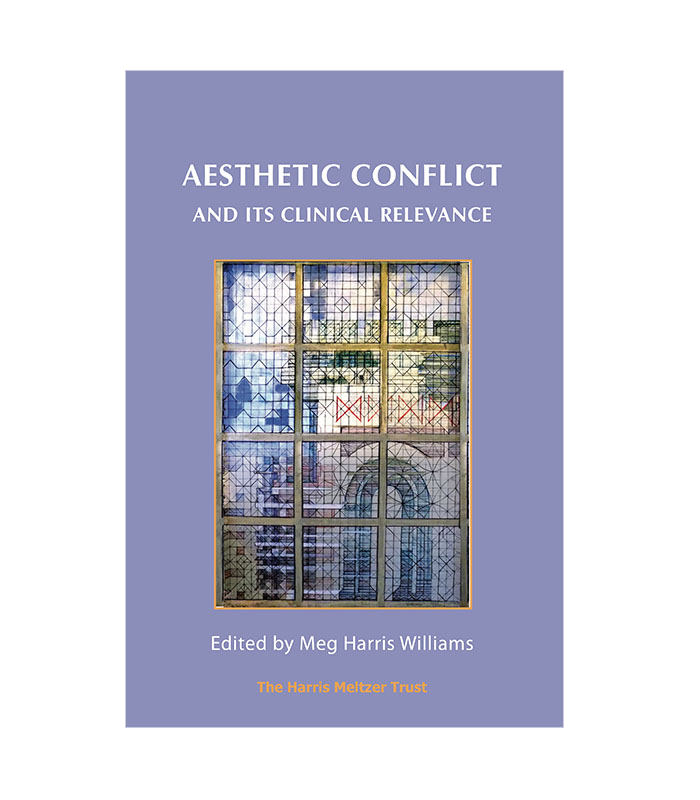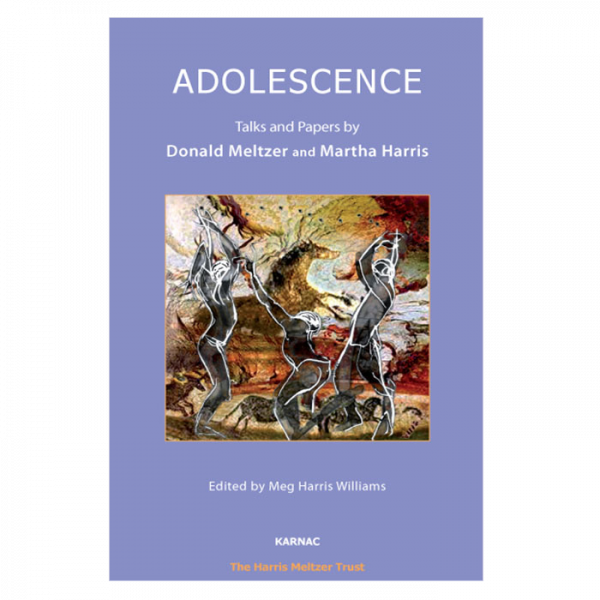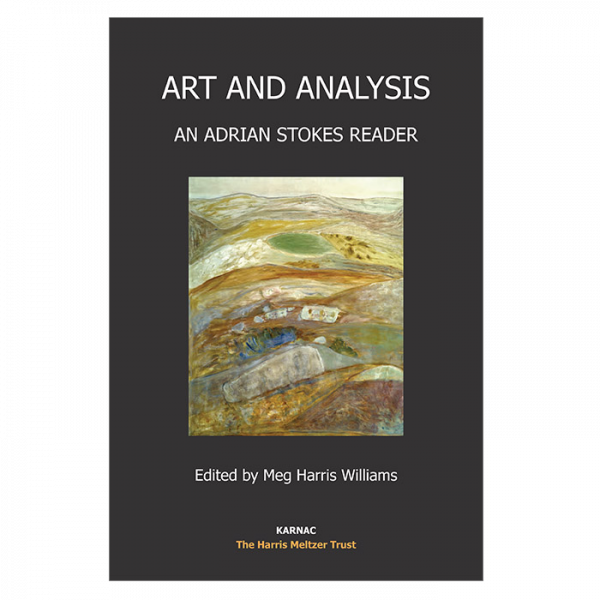Donald Meltzer coined the term ‘aesthetic conflict’ to describe the emotional complexities of the ‘apprehension of beauty’. It had its roots in art, literature, infant observation, and above all, in clinical experience. This concept affirmed and illustrated Bion’s formula of L, H, K (Love, Hate, and Knowledge), together with its negative (minus L, H, K) as a revision of Klein’s fundamental emotional dynamics of Envy and Gratitude. As such, any emotional situation may be read in terms of either struggling with or retreating from the aesthetic conflict that occurs naturally at all key points of psychic development.
Meltzer could be said to have encapsulated the essence of Bion’s post-Kleinian trajectory when he wrote that ‘If we follow Bion’s thought closely, we see that the new idea presents itself as an emotional experience of the beauty of the world and its wondrous organisation.’
The contributions in this book are by analysts and therapists from a wide variety of countries working with both children and adults. They have all, in individual ways, found ‘aesthetic conflict’ a useful frame of reference in terms of illuminating the significance of clinical observation, understanding countertransference responses, or practising the psychoanalytic method itself.





Reviews
There are no reviews yet.